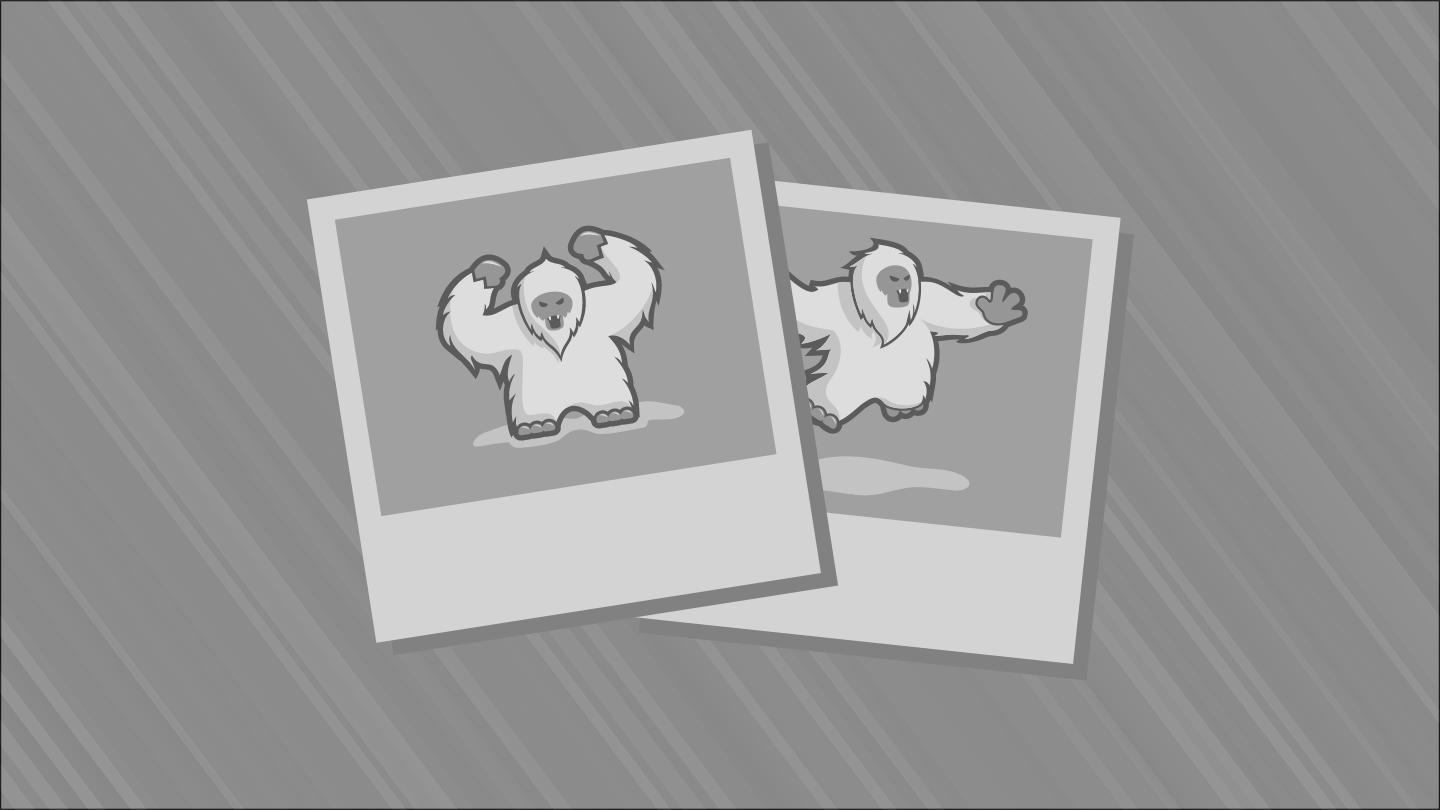A 'Redskin' Is the Scalped Head of a Native American, Sold, Like a Pelt, for Cash
What the word means to my family.
Native Americans pass down stories to preserve their history and heritage, because we don’t have much of it left. As tribes were systemically exterminated, so too were their respective cultures. But we have our stories, and when my mother was young, her parents shared one about the term “redskins.”
The story in my family goes that the term dates back to the institutionalized genocide of Native Americans, most notably when the Massachusetts colonial government placed a bounty on their heads.
The grisly particulars of that genocide are listed in a 1755 document called the Phips Proclamation, which zeroed in on the Penobscot Indians, a tribe today based in Maine.
Spencer Phips, a British politician and then Lieutenant Governor of the Massachusetts Bay Province, issued the call, ordering on behalf of British King George II for, “His Majesty’s subjects to Embrace all opportunities of pursuing, captivating, killing and Destroying all and every of the aforesaid Indians.” They paid well – 50 pounds for adult male scalps; 25 for adult female scalps; and 20 for scalps of boys and girls under age 12.
These bloody scalps were known as “redskins.”
The mascot of the Washington Redskins, if the team desired accuracy, would be a gory, bloodied crown from the head of a butchered Native American.
Defenders of the team nickname say its origin was totally benign, and that it’s not possible to know the true meaning of the word. Those defenders cite a Smithsonian article that traces an origin to skin color, before the systematic scalping. (A later Smithsonian quote disputed it.)
But my mother knew what it meant, or what it came to mean, and so do many other Native Americans.
“That’s a hard lesson for a young girl to learn,” my mother says.
I can’t remember when she passed it down to her four sons, only that the very mention of that word-the single-most offensive name one could ever call a Native American-has always made my blood boil.
Full article


 "Nego"? Just messin' with ya...I knew what ya meant. For what it's worth black people occasionally referr to oursleves as "negroes" and "colored people" when joking amonst ourselves.
"Nego"? Just messin' with ya...I knew what ya meant. For what it's worth black people occasionally referr to oursleves as "negroes" and "colored people" when joking amonst ourselves. 

